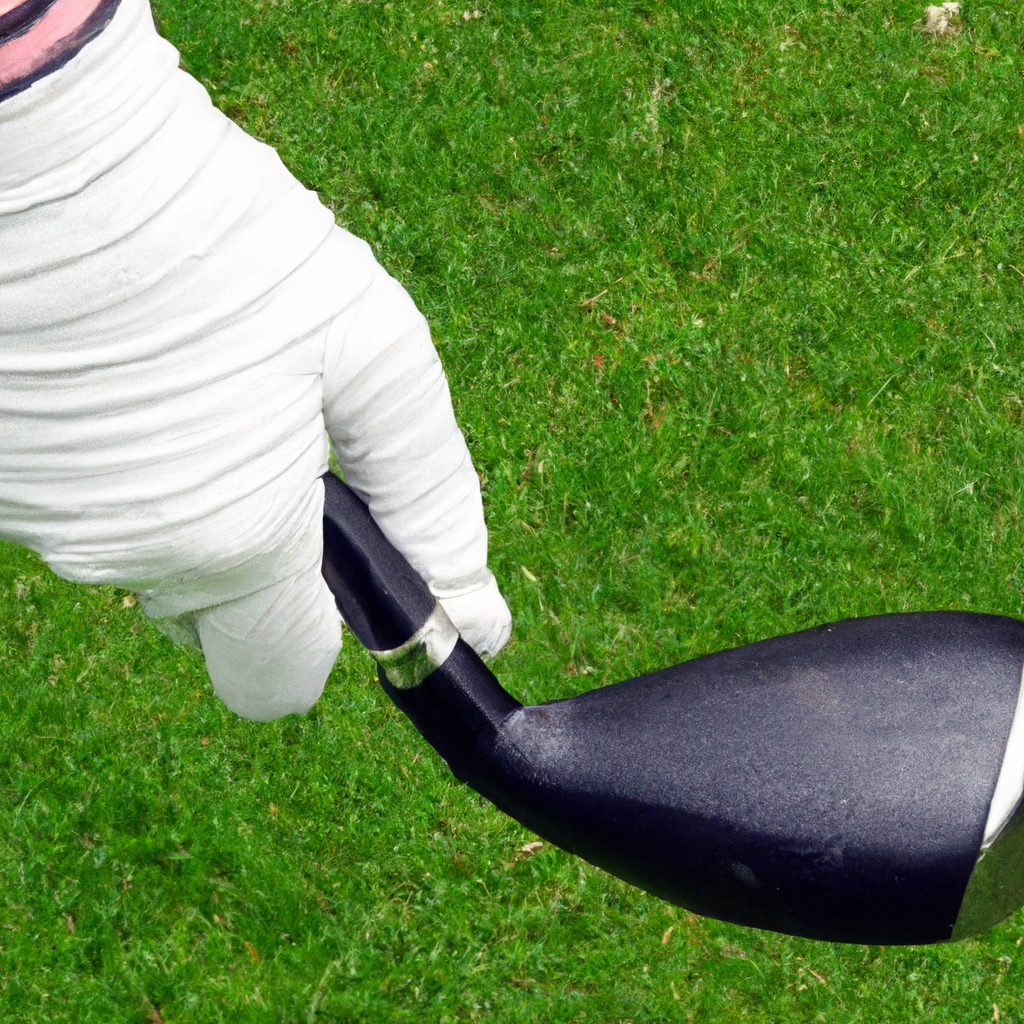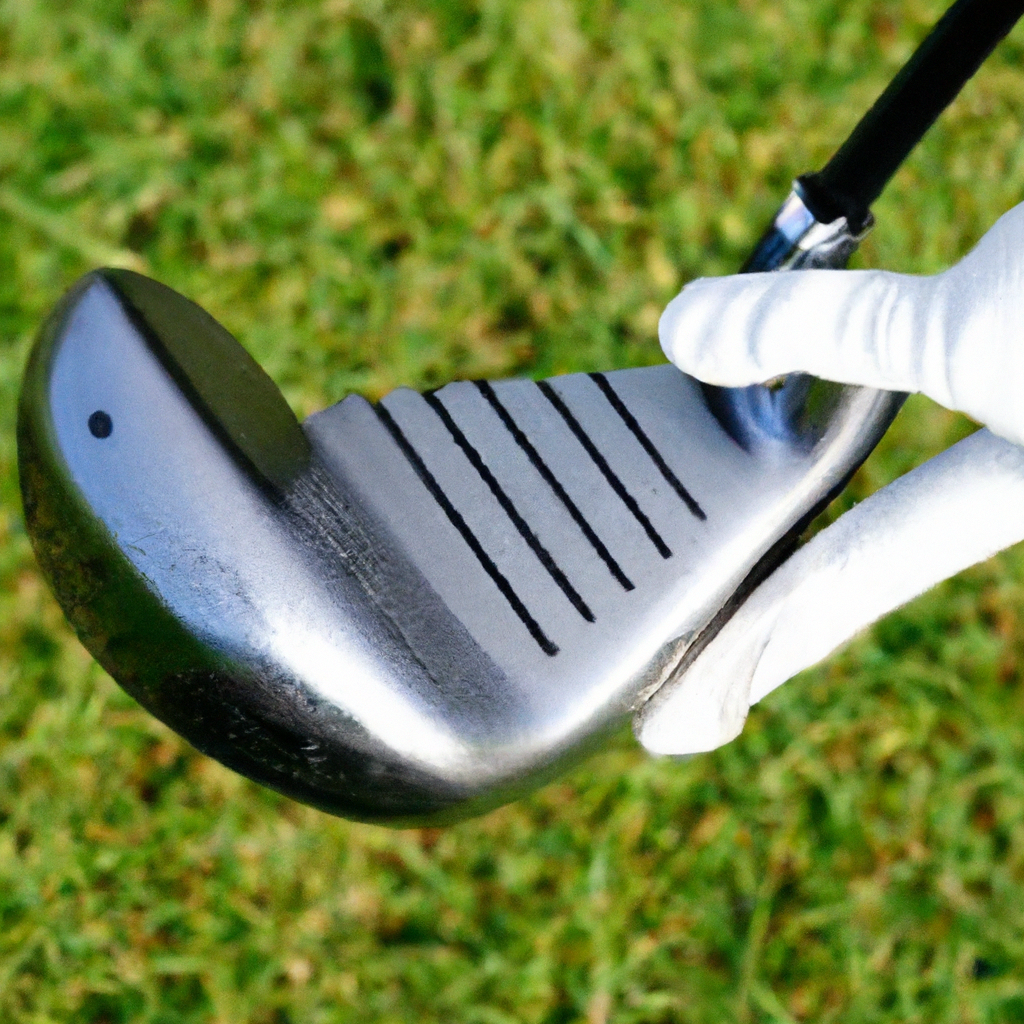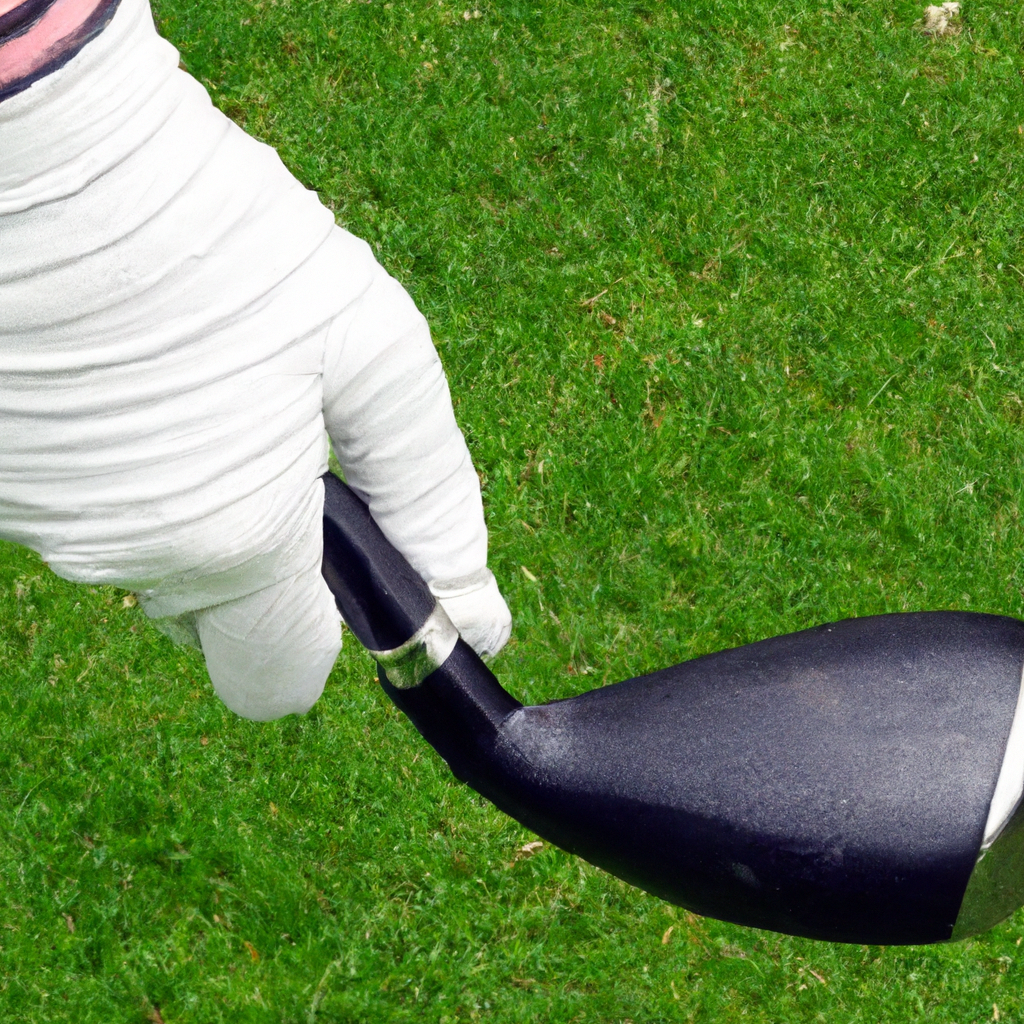Are you tired of struggling with your golf spikes? Look no further! This ultimate guide will provide you with simple and effective tips on how to remove golf spikes effortlessly. Whether you’re a professional golfer or just starting out, having the right equipment is crucial for your game. So, let’s dive into the world of golf spike removal and discover the secrets to keeping your shoes in top-notch condition. Say goodbye to the frustration and hello to smooth and enjoyable gameplay!

Types of Golf Spikes
When it comes to golf spikes, there are generally three types that players can choose from: metal spikes, soft spikes, and replacement spikes. Each type has its own advantages and disadvantages, so it’s important to consider your playing style and the golf course regulations before making a decision.
Metal Spikes
Metal spikes were once the most popular choice among golfers due to their excellent traction. However, in recent years, many golf courses have banned metal spikes due to the damage they can cause to the greens. Metal spikes are known to dig deeper into the ground, which can result in more wear and tear on the course. Despite this, some players still prefer the added stability and grip that metal spikes provide.
Soft Spikes
Soft spikes, also known as plastic spikes or molded spikes, have become the go-to choice for most golfers. These spikes are made of durable plastic materials and are designed to be gentle on the greens. Soft spikes offer good traction while reducing the impact on the golf course. They are also more comfortable to wear and easier to walk in compared to metal spikes. Additionally, many golf courses now require players to wear soft spikes to protect the playing surface.
Replacement Spikes
Replacement spikes are a versatile option that allows golfers to customize their footwear. These spikes come in various designs, materials, and thread patterns, allowing players to choose the ones that best suit their playing style and the course conditions. Replacement spikes are available in both metal and soft options, providing the benefits of each type while giving players the flexibility to swap them out when needed.
Tools Required for Removing Golf Spikes
Before you begin removing golf spikes, it’s important to gather the necessary tools. Depending on the type of spikes and your personal preference, here are a few tools that you might need:
Spike Wrench
A spike wrench is a special tool designed specifically for removing golf spikes. It typically has a handle and a socket that fits over the spike’s head, allowing you to turn and loosen it. Spike wrenches come in various sizes, so be sure to choose one that matches the size of your spikes.
Screwdriver
If you don’t have a spike wrench, a screwdriver can serve as an alternative tool for removing golf spikes. Make sure to use a screwdriver with a narrow blade that can fit into the spaces between the spikes.
Spiked Shoe Cleaner
A spiked shoe cleaner is a handy tool for keeping your golf shoes in top condition. It features stiff bristles or metal prongs that can easily remove dirt and debris from the spikes and the shoe soles. While not essential for removing spikes, using a shoe cleaner can help prolong the lifespan of your golf shoes.
Needle-nose Pliers
Needle-nose pliers can be useful for removing stubborn spikes that are difficult to loosen with a wrench or screwdriver. The long, slender jaws of the pliers allow for a better grip, making it easier to twist and remove the spikes.
Removal Procedure for Metal Spikes
Metal spikes typically require a spike wrench for removal. Follow these step-by-step instructions to safely remove metal spikes from your golf shoes:
Step 1: Clean the Shoes
Before attempting to remove the spikes, it’s important to clean the shoes to ensure that no dirt or debris enters the threads of the spikes. Use a shoe brush or a soft cloth to remove any dirt and wipe down the shoe surface.
Step 2: Insert the Spike Wrench
Insert the spike wrench into the socket of the metal spike. Make sure it fits securely over the spike head.
Step 3: Loosen the Spike
Hold the spike wrench firmly and turn it counterclockwise to loosen the spike. Apply steady pressure until the spike begins to loosen.
Step 4: Remove the Spike
Once the spike is loose enough, continue turning the wrench counterclockwise until the spike is fully removed. Repeat the process for each remaining spike.

Removal Procedure for Soft Spikes
Soft spikes are typically easier to remove compared to metal spikes. Here’s a step-by-step guide to removing soft spikes from your golf shoes:
Step 1: Clean the Shoes
Just like with metal spikes, start by cleaning your shoes to remove any dirt or debris that could interfere with the removal process.
Step 2: Insert the Screwdriver
Choose a screwdriver with a narrow blade that can fit between the spikes. Insert the screwdriver between the spikes and push it into the base of the spike.
Step 3: Loosen the Spike
With the screwdriver wedged securely into the base of the spike, apply gentle pressure and rotate the screwdriver counterclockwise to loosen the spike. Continue this motion until the spike becomes loose.
Step 4: Remove the Spike
Once the spike is sufficiently loose, you can use your fingers or the screwdriver to pull it out of the shoe. Repeat the process for each spike until all soft spikes have been removed.
Removal Procedure for Replacement Spikes
Removing and replacing replacement spikes follows a similar procedure to removing soft spikes. However, there are a few additional steps to consider. Here’s a comprehensive guide:
Step 1: Clean the Shoes
As always, start by cleaning your shoes to ensure a clean and hassle-free removal process.
Step 2: Identify the Spike Type
Before removing the old spikes, take note of the type of replacement spikes you have. This will help you choose the correct tool and ensure a proper fit when replacing them.
Step 3: Remove the Old Spikes
Using the appropriate tool (either a screwdriver or a spike wrench), follow the removal procedure outlined for soft spikes or metal spikes, depending on the type of replacement spikes you have.
Step 4: Insert and Tighten the New Spikes
Once the old spikes have been removed, it’s time to insert the new replacement spikes. Align the new spikes with the threads on the shoe and carefully twist them clockwise until they are securely in place. Avoid overtightening, as this can damage the threads or the spike itself. Repeat this process for each spike until all new replacement spikes have been installed.
How to Replace Lost or Damaged Spikes
At some point, you may find that you’ve lost a spike or two, or perhaps one of your spikes has become damaged. Here’s a step-by-step guide on how to replace lost or damaged spikes:
Step 1: Purchase Replacement Spikes
Before you can replace a lost or damaged spike, you’ll need to purchase replacement spikes. Check with your local golf store or sporting goods retailer to find the appropriate spikes for your shoes. Make sure to choose the correct type and size to ensure a proper fit.
Step 2: Identify the Spike Type
Once you have your replacement spikes, identify the type that matches your remaining spikes on the shoe. This will help you choose the correct tool and ensure a seamless replacement process.
Step 3: Remove the Damaged Spike
If you’re replacing a damaged spike, follow the appropriate removal procedure outlined for the spike type. Cleaning the area around the damaged spike beforehand can make the removal process easier.
Step 4: Insert and Tighten the New Spike
Using the same procedure as replacing replacement spikes, carefully insert the new spike into the shoe and twist it clockwise until it is securely in place. Repeat this process for any additional lost or damaged spikes.
When Should Golf Spikes be Replaced?
To ensure optimal performance and safety on the golf course, it’s essential to replace your golf spikes when necessary. Here are a few signs that indicate it’s time to replace your golf spikes:
Worn Out Spikes
Over time, the tread on your golf spikes will wear down, resulting in reduced traction. If you notice that your spikes are significantly worn and no longer providing the grip you need, it’s time to replace them. Worn-out spikes can affect your stability during your swing and increase the risk of slipping on wet or uneven surfaces.
Damaged Spikes
If any of your spikes are damaged, either due to wear and tear or accidental damage, it’s important to replace them. Damaged spikes can affect your balance and stability, potentially leading to inconsistent swings or even injury.
Poor Traction and Stability
If you’re struggling to maintain proper traction and stability during your swings, even with relatively new spikes, it may be time for a replacement. Poor traction can adversely affect your performance and confidence on the course, so it’s crucial to have reliable spikes.
Tips to Maintain Golf Spikes
To prolong the lifespan of your golf spikes and ensure their optimal performance, here are a few tips to keep in mind:
Clean Regularly
Regularly clean your golf shoes after each round of play. Remove any dirt, grass, or debris from the spikes and sole to prevent build-up that can impact your traction. Use a brush or a damp cloth to wipe away the dirt and let your shoes air dry before storing them.
Inspect for Damage
Periodically check your golf spikes for any signs of damage or wear. Look for cracks, missing parts, or spikes that no longer provide sufficient grip. Catching any issues early will allow you to address them promptly and avoid potential safety hazards.
Store Properly
When not in use, store your golf shoes in a cool, dry place. Avoid leaving them in extreme temperatures or damp environments, as this can damage the spikes and the overall quality of your shoes. It’s also a good idea to use a shoe bag or a shoe-specific storage solution to keep them protected and organized.
Benefits of Removing Golf Spikes
There are several benefits to removing and replacing golf spikes regularly. Here are a few advantages that come with proper spike maintenance:
Improved Comfort
Worn-out or damaged spikes can cause discomfort and even pain during your round of golf. By replacing your spikes when needed, you can ensure that your shoes provide the necessary support and cushioning, allowing you to focus on your game without any distractions.
Better Traction
One of the primary functions of golf spikes is to provide traction and stability during your swings. By regularly removing and replacing your spikes, you can ensure that you have the best possible grip on all types of terrain, including wet or slippery conditions.
Extended Shoe Lifespan
Proper spike maintenance can also help extend the overall lifespan of your golf shoes. By regularly removing and replacing your spikes, you reduce the wear and tear on the shoe soles, allowing them to last longer. This can save you money in the long run by minimizing the need for frequent shoe replacements.
Frequently Asked Questions (FAQs)
Are metal spikes better than soft spikes?
Metal spikes were once favored by many golfers for their superior traction. However, due to their potential damage to golf course greens, many courses now require players to wear soft spikes. Soft spikes offer sufficient traction while being gentler on the golf course. They are generally considered the better option for most golfers.
Can I remove golf spikes without any tools?
While it’s possible to remove some spikes with your bare hands or using makeshift tools, such as pliers or a knife, it’s highly recommended to use the appropriate tools for the job. Spike wrenches and screwdrivers are specifically designed for this purpose, ensuring a safe and efficient removal process without damaging the spikes or your shoes. Investing in the right tools will make the removal and replacement process much easier and more effective.


